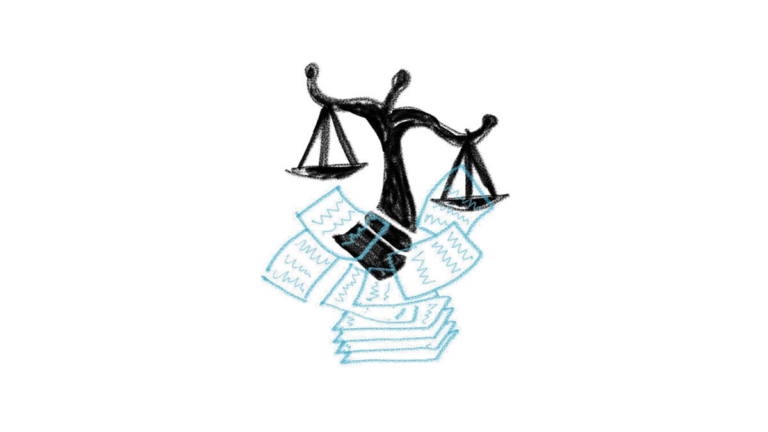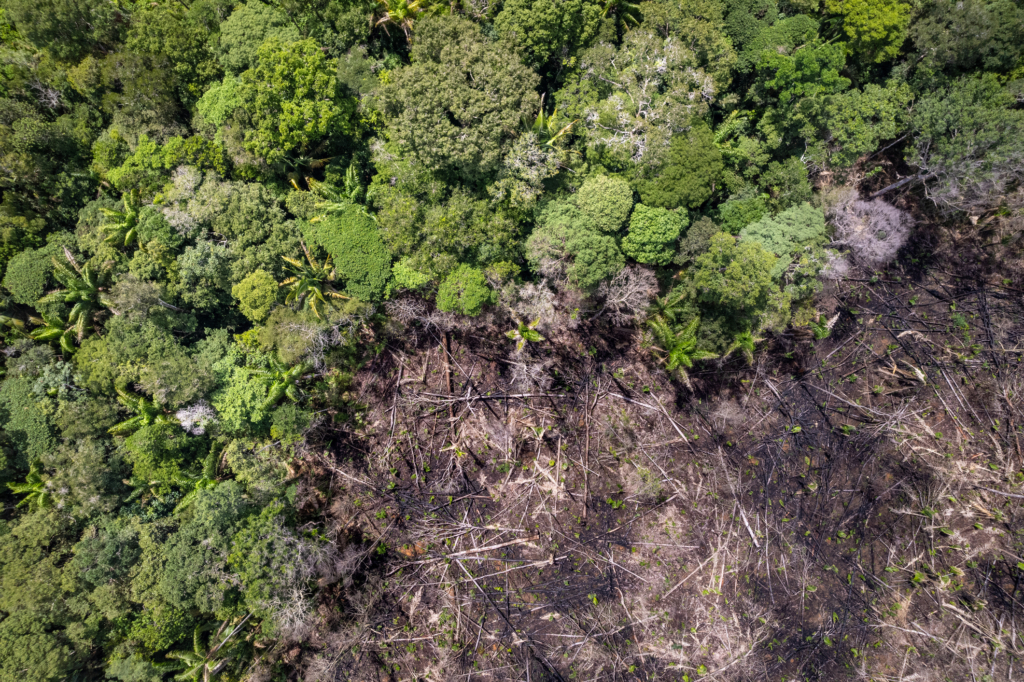Casebook Info
- Year Filed 2020
- Year of Most Recent Ruling 2022
- Year of Final Ruling N/A
- Jurisdiction Brazil
- Court Name 4th Federal Regional Court
- Primary Focus Mitigation
- Ruling On Admissibility
- Plaintiff(s) Instituto de Estudos Amazônicos (IEA)
- Respondent(s) Brazilian Federal Government Outcome: Pending
- Outcome Pending
- Organizational leader of the litigation Instituto De Estudos Amazonicos
Background
Deforestation in the Amazon is one of the world’s most pressing climate challenges. It also comprises one of the largest sources of Brazil’s greenhouse gas emissions. But the Amazon is also home to remarkable biodiversity and plays an important role in regulating regional and global weather and climate patterns.
Under the leadership of Jair Bolsonaro, deforestation in the Amazon increased dramatically. Under his administration, agencies who were once tasked with curbing deforestation were defunded and reorganized, and policies aimed at reducing deforestation were not implemented.
IEA v. Brazil is one example of a string of litigation brought by NGOs against the Brazilian federal government in an effort to require the government to implement its own climate policies and reduce the rate of deforestation. This public civil action (i.e., class action suit) seeks not only to compel the federal government to comply with its national climate policies but also seeks the recognition of a fundamental right to a stable climate for present and future generations under the Brazilian Constitution.
The Institute of Amazonian Studies (IEA), the plaintiff, argues that the Brazilian federal government has failed to take appropriate measures to comply with the emissions targets set out under the National Policy on Climate Change (NPCC), a binding law passed by the federal government. To meet these targets, the federal government set out specific action plans for preventing and controlling deforestation. One of these plans was the Plan to Prevent and Combat Deforestation in the Legal Amazon (PPCDAm). The PPCDAm established a target requiring the government to reduce annual deforestation rates to 80 percent of the average identified in 1996-2005 by 2020 (the Limit).
IEA sought court orders requiring the federal government to comply with the PPCDAm and, in the event the Limit is exceeded, an order requiring the federal government to reforest land equivalent to the area in excess of the Limit and to allocate sufficient resources for this purpose.
Perhaps most significantly, IEA goes one step further and asks the Court to recognize a new right. IEA claims that the steps taken by the federal government, including significant budgetary cuts to relevant enforcement agencies, infringe on a fundamental right to climate stability for present and future generations.
IEA argues that this right is implicitly embedded within the Brazilian Constitution. IEA draws on the right to an ecologically balanced environment, which is protected by Art. 225 of the Brazilian Constitution, along with the right to live a dignified life; the inviolability of the right to life, freedom, equality, security and property; and the right to health, food and housing.
“And in order for this set of fundamental rights to be effectively promoted, it is essential that the environmental, climatic conditions are suitable for the maintenance of human life.” [Complaint]
They argue that the existence of a stable environment is a necessary precondition for the full enjoyment of these fundamental rights. As the complaint stated:
“Climate stability is essential to the preservation of human life and ecological balance for present and future generations.” [Complaint]
It is often difficult for parties challenging the government to access all the evidence they need, as the government typically is in control of that evidence. In response to this challenge, IEA also seeks the reversal of the burden of proof, citing the environmental and public character of the application and the fact that much of the evidence was in the exclusive possession of the federal government. This would mean that the federal government has to prove that it has been complying, and will continue to comply, with the NPCC and PPCDAm and that its actions and/or omissions have not influenced the increasing deforestation rates in the Amazon and the elevation of greenhouse gas emissions.
A hearing was scheduled for May 18, 2022, but no substantive judgment has been released. However, there have been a series of interim decisions.
First, in July 2021, the Federal District Court of Curitiba issued an order rejecting jurisdiction and transferring the case to the Court of Amazonas.
Then, on August 20, 2021, through a decision from the reporting judge, the Federal Appellate Court suspended the lower Federal District Court of Curitiba’s decision to transfer the case and returned the case to the Federal District Court. One of the questions also considered was whether the case should be heard together with another case also concerning the operationalization of monitoring bases in critical areas within the Amazon, Federal Prosecutor’s Office v. IBAMA. The Court found that the two cases were “quite different” in typology, structure, objective, cause of actions, and demands. In particular, the Court drew a distinction between IEA v. Brazil, which aims to ensure that the federal government takes steps to implement climate policies, and Federal Prosecutor’s Office v. IBAMA, which addresses matters related to environmental law.
On December 7, 2021, the Third Chamber of the Appellate Court confirmed the Federal Appellate Court’s decision. The Court noted that, although both lawsuits concerned illegal deforestation, they had different focuses. IEA v. Brazil was focused on reducing Brazilian emissions by reducing deforestation. Federal Prosecutor’s Office v. IBAMA, on the other hand, is an environmental law case which seeks to address a local problem (combating deforestation in ten “ecological hotspots”) within a particular timeframe (the COVID-19 pandemic). In doing so, the Court drew a distinction between climate litigation and environmental litigation.
- 2 Number of years the Fund was inoperative
- 4 Number of political parties that brought the case
- US$25 T Amount that governments would need to contribute by 2030 to meet net zero emissions goals
Strategies
Centering rights

IEA v. Brazil is unique insofar as it asks the Court to recognize a new right under the Brazilian Constitution: the fundamental right to a stable climate for present and future generations. In doing so, it goes further than most other rights-based climate litigation both in Brazil and around the world. Rather than advancing a new reading of existing rights, IEA seeks the recognition of an entirely new right. If successful, this case could serve as a blueprint for arguments in other jurisdictions on the existence of a new, implicit right to a stable climate.
Impacts
The case has not been decided yet, so it unclear what its legal impact on the ground will be. However, it is a striking example of how rights-based litigation is being extended to protect the environment in new and exciting ways. If the court rules in IEA’s favor, it will be a significant next step in the development of rights-based climate litigation.
